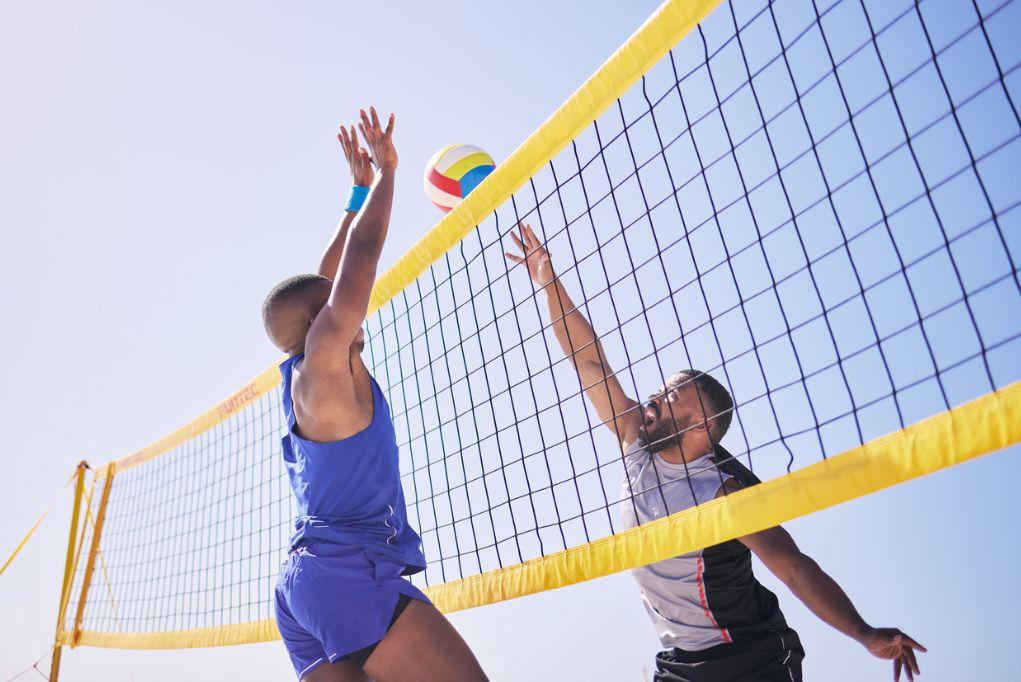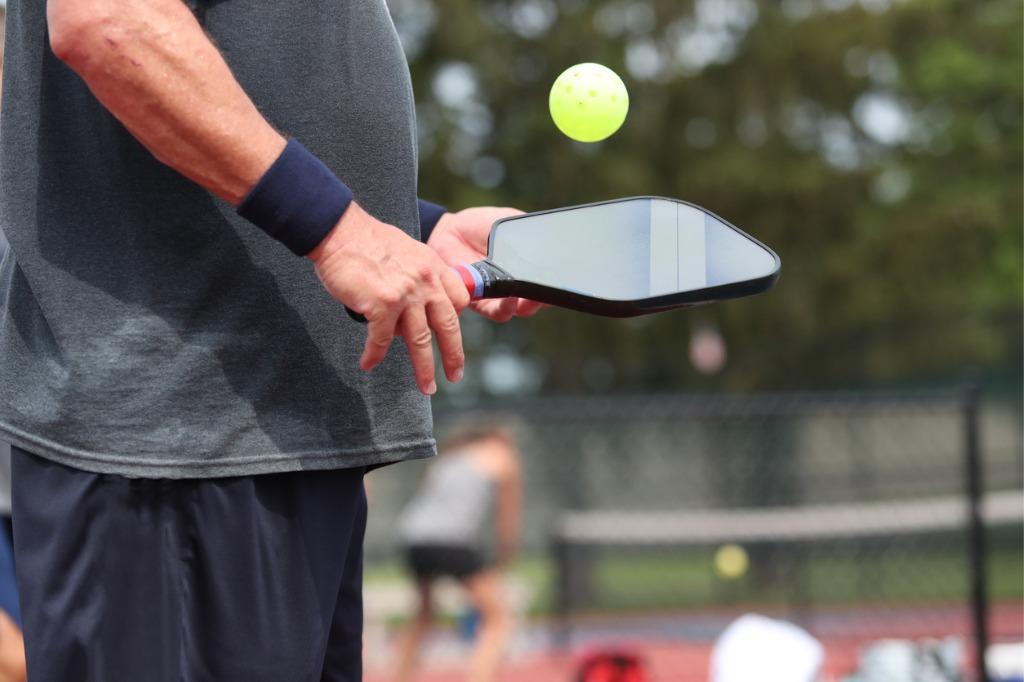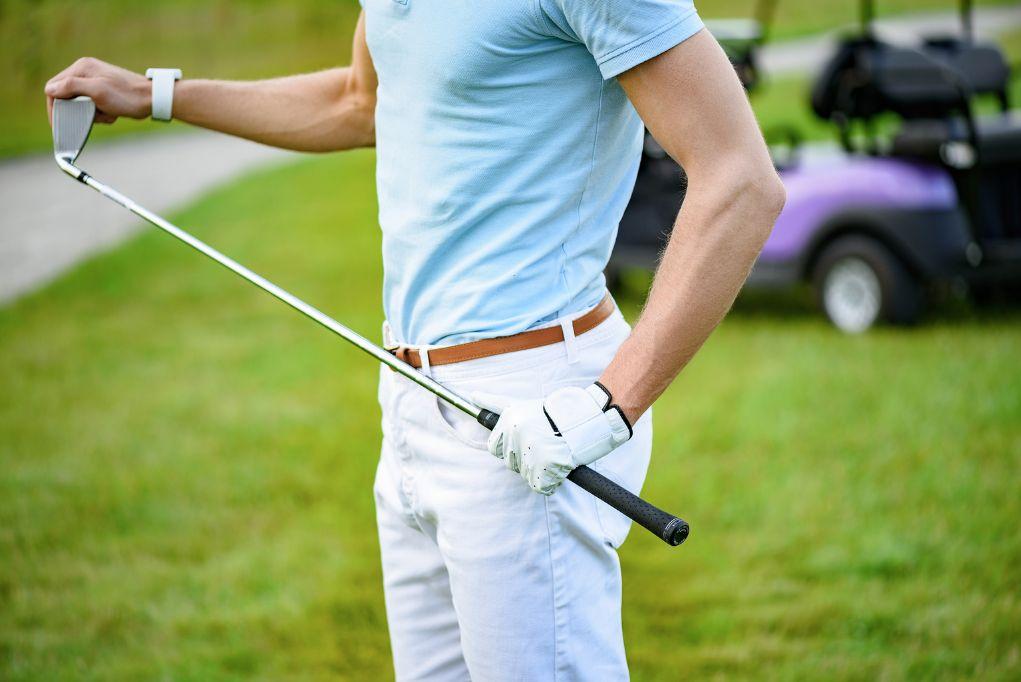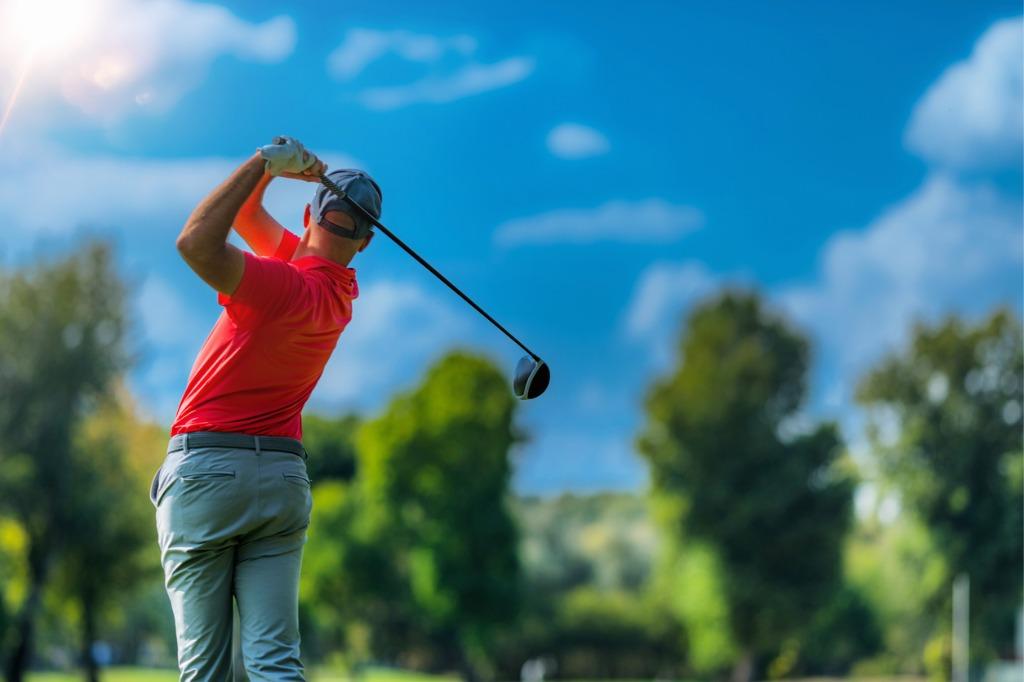Avoiding and Managing Jumper’s Knee: Tips for Volleyball and Basketball Players
Playing volleyball or basketball can be exhilarating, but it can also take a toll on your knees. If you’ve ever experienced a sharp pain below your kneecap after a big game or an intense practice, you might be dealing with jumper’s knee. Known medically as patellar tendinitis, this common injury can sideline even the most dedicated athletes. This guide will help you understand how to prevent, manage, and treat jumper’s knee, keeping you in the game and performing at your best.

What is Jumper’s Knee?
Jumper’s knee is an overuse injury affecting the patellar tendon, which connects the kneecap (patella) to the shinbone (tibia). This tendon plays a crucial role in the mechanics of jumping and landing, absorbing shock and transferring force. When subjected to repetitive stress and strain, the patellar tendon can become inflamed and painful, leading to jumper’s knee.
Causes of Jumper’s Knee in Volleyball and Basketball Players
High-impact Movements
Both volleyball and basketball require frequent jumping, sprinting, and quick directional changes. These high-impact movements place significant stress on the patellar tendon, increasing the risk of injury.
Overtraining
Intense training schedules without adequate rest and recovery can lead to overuse injuries like jumper’s knee. When the tendon is continually stressed without time to heal, it becomes more susceptible to inflammation and pain.
Improper Technique
Using incorrect form during jumps, landings, and other movements can exacerbate the strain on the patellar tendon. Poor biomechanics can lead to uneven distribution of forces, increasing the risk of injury.
Inadequate Conditioning
Lack of strength and flexibility in the muscles surrounding the knee can contribute to jumper’s knee. Strong quadriceps, hamstrings, and calf muscles help support the knee joint and absorb impact, reducing the load on the patellar tendon.
Symptoms of Jumper’s Knee
- Pain at the Base of the Kneecap: Pain and tenderness where the patellar tendon attaches to the kneecap, especially during and after activity.
- Swelling and Inflammation: Swelling around the knee joint, which may be accompanied by warmth and redness.
- Stiffness: Stiffness in the knee, particularly in the morning or after periods of inactivity.
- Weakness and Reduced Performance: Decreased strength and difficulty performing jumping or explosive movements.
- Pain During Activity: Pain that worsens with physical activity, especially jumping, running, or squatting.
Prevention Tips for Volleyball and Basketball Players
Strengthening Exercises
Incorporate exercises that target the muscles around the knee, including the quadriceps, hamstrings, and calf muscles. Strengthening these muscles helps support the knee joint and reduce the load on the patellar tendon. Examples include squats, lunges, and leg presses.
Flexibility and Stretching
Regularly stretch the quadriceps, hamstrings, and calf muscles to maintain flexibility and reduce tension on the patellar tendon. Dynamic stretches before activity and static stretches after workouts can be beneficial.
Proper Technique
Work with a coach or trainer to ensure you are using proper technique during jumps, landings, and other movements. Focus on landing softly with bent knees to absorb impact and reduce strain on the tendon.
Adequate Rest and Recovery
Allow sufficient time for rest and recovery between training sessions and games. Incorporate rest days into your schedule and listen to your body to prevent overtraining and overuse injuries.
Gradual Increase in Intensity
Gradually increase the intensity and duration of your training to allow your body to adapt and build strength. Avoid sudden increases in activity that can overload the tendon.
Treatments for Jumper’s Knee
Rest and Activity Modification
Reduce or temporarily cease activities that aggravate the pain. Give your tendon time to heal by avoiding high-impact movements and focusing on low-impact exercises like swimming or cycling.
Ice and Anti-inflammatory Medications
Apply ice to the affected area to reduce pain and swelling. Over-the-counter anti-inflammatory medications, such as ibuprofen, can also help manage inflammation and discomfort.
Physical Therapy
A physical therapist can develop a personalized rehabilitation program to strengthen the muscles around the knee, improve flexibility, and promote healing. Therapy may include exercises, manual therapy, and modalities such as ultrasound or electrical stimulation.
Patellar Tendon Strap
Wearing a patellar tendon strap or brace can help alleviate pain by distributing pressure away from the tendon. These devices provide support and reduce strain during activity.
Gradual Return to Activity
Once symptoms improve, gradually reintroduce high-impact activities into your routine. Follow a structured plan to ensure a safe and effective return to sports, and continue with preventative exercises and stretches.
When to Seek Medical Attention
If your symptoms persist despite self-care measures, it is important to seek medical attention. Chronic or severe cases of jumper’s knee may require more intensive treatment, including corticosteroid injections or, in rare cases, surgical intervention.
Don’t Let Jumper’s Knee Keep You Out of the Game
If you are experiencing knee pain and suspect jumper’s knee, Motion Orthopaedics is here to help. Our team of specialists can diagnose and treat your condition, providing you with the care and support needed to get back on the court or court pain-free. Contact us today to schedule an appointment and start your journey to recovery.




